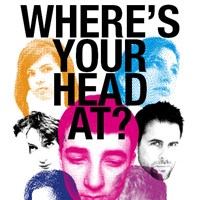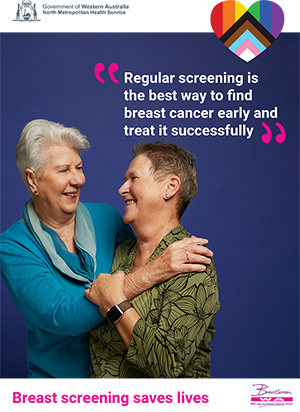
‘This helps so much BUT HOW DO I STOP FEELING LIKE THIS,’ reads a comment posted on the mental health-focused website, Reachout.com. The author, Romzgirl left the comment on the website over a year ago and while we don’t know what has happened since, we do know that Romzgirl is far from alone.
About 45 per cent of Australians have experienced a mental disorder in their lifetime, according to the Australian Bureau of Statistics. What the survey has also uncovered is that almost one in four young people were living with ill mental health.
Kat Newman, who lives in Perth, has been battling depression and psychosis for years now. For the 20-year-old, everything hit ‘rock-bottom’ on the day of her high school graduation.
‘I didn’t actually pass. I later found out it was a misprint in my report but I had a downward spiral and went to hospital for suicide attempts,’ Newman said.
Newman had already lived through a barrage of challenging ordeals as a foster child with Asperger’s Syndrome; encountering school bullying as well as questioning her sexuality and dealing with what she now knows to be depression.
Newman is on the road to recovery now and tours schools, sharing her experiences with other young people. Newman found the homophobia in her life had impacted on her mental health in a ‘huge’ way.
‘From my personal experience, I didn’t want to come out because I was already experiencing enough bullying and for me to come out was the last thing anyone wanted to hear from me,’ she said.
In the recently published Writing Themselves In 3 report, the researchers surmised young people who had been physically abused had worse mental health indicators than those who reported verbal abuse or no abuse.
‘I felt like hiding because I was constantly I wasn’t wanted around. So I just wanted to hide all the time. It takes so much energy to get out of bed and do the smallest things,’ Newman said.
Years before Newman was even born, the real impact of mental health illness was emerging within the public sphere, through the media and health promotion research.
The question of LGBT youth and mental health is far from new either; there is research from the US dating back to the late ’80s specifically addressing the health concerns of homosexual youth, years before homosexuality was decriminalised here in Australia.
Yet the statistics now paint an ominous portrait for young people under 25 who have some of the worst health outcomes from mental illness.
Approximately 14 per cent of 12-17 year olds and 27 per cent of 18-25 year olds experience mental health problems each year.
About 75 per cent of mental health problems occur before the age of 25 and yet only one in four young people experiencing mental health illness actually receive professional help.
So why is it still a problem, especially for Australia’s youth?
Well, that’s what the WA Commissioner for Children and Young People, Michelle Scott intends to find later this year when she releases her findings from her inquiry into mental health and wellbeing of the state’s youth.
‘Mental disorders cause the highest burden of disease in the 0-18 age group,’ the commissioner said.
While the results of the inquiry are not due till later in the year, the commissioner hopes the work will identify ways to effectively prevent, reduce and treat mental health problems among children and young people.
‘To achieve the best results, we need to assess where we are now and create a roadmap to guide service and policy planning into the future.’
The commissioner found the figures showed 30 per cent of adult mental health problems were related to negative early experiences in childhood and that as a community should focus on the very early years of a child’s life.
‘If we don’t start addressing the whole spectrum of children and young people’s mental health needs, the numbers of young people requiring acute services will continue to grow, as will pressure on our health, child welfare and justice systems,’ Scott said.
On a national scale, the Inspire Foundation is launching a Co-operative Research Centre (CRC) later this year that will unite young people with researchers, practitioners and innovators from 63 different organisations including the Freedom Centre, WA AIDS Council and the National LGBTI Health Alliance.
While many mental health initiatives are popping up around the country, health promotion researchers are most excited about this initiative.
CRC Senior Research Officer Michelle Blanchard said the project was going to offer support in a format that supports young people.
‘Never before have the Australian youth and mental health sectors united so cohesively behind a single vision: to use technologies to ensure that young Australians are given the opportunity to grow up safe, happy, healthy and resilient,’ Blanchard said.
‘The CRC will also develop and trial initiatives that reduce the incidence of violence and discrimination, including homophobia and transphobia, which we know have a real and serious impact on the wellbeing of young people.’
‘There will be no wrong door for young people who need help for themselves or for a friend.’
Blanchard also said the CRC will support young people from diverse backgrounds like the LGBT community to use new media to tell their stories in a safe and supportive environment.
‘We know that sharing stories, challenging myths and stereotypes and being able to express themselves can help improve wellbeing,’ she said.
If you need support, contact one of the following
Lifeline Australia
13 11 14
Gay and Lesbian Community Services
www.glcs.org.au
The Freedom Centre
www.freedom.org.au
Reach Out
www.reachout.com
Headspace
www.headspace.org.au
Benn Dorrington





